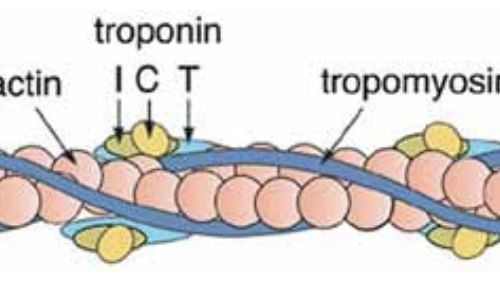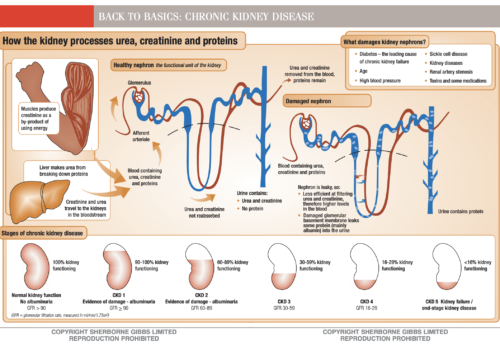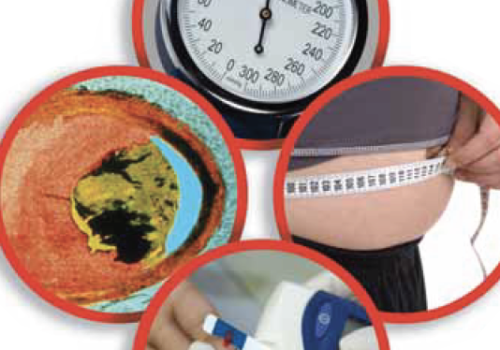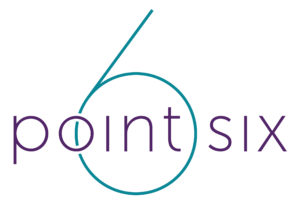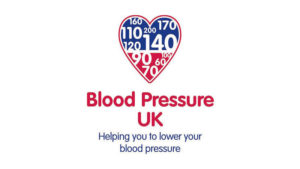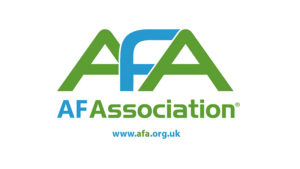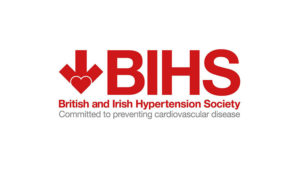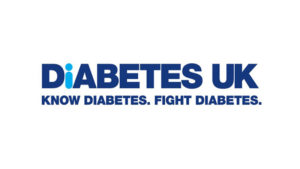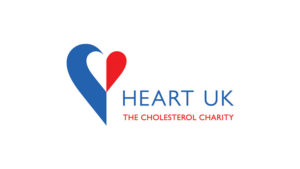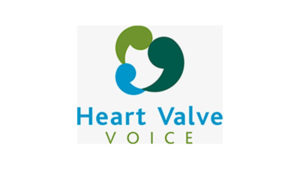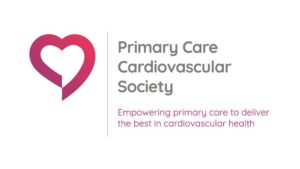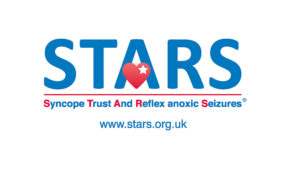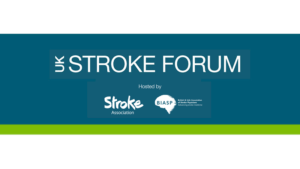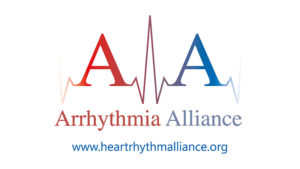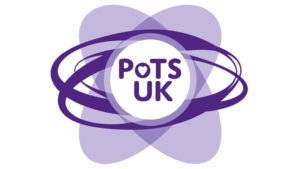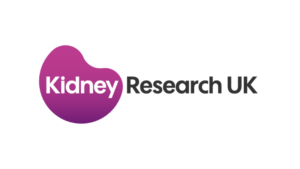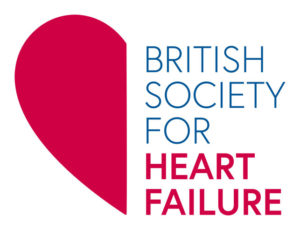Do you see patients with diabetes? Do you advise them about their diet? If so, you have an incredibly important role in developing patients’ self-confidence and empowering them to be able to make healthier choices. In this article we look at how to advise patients newly diagnosed with diabetes about diet. A patient-centred approach is vital, with advice offered in a supportive, non-judgmental and non-didactic manner.
Drugs acting on the renin-angiotensin system (RAS)
Aliskiren: the first direct renin inhibitorxfor hypertension
Aliskiren (Rasilez) is the first in a new class of medicines – the direct renin inhibitors – to treat high blood pressure to become available in more than a decade. In this article we review how aliskiren works, what makes it different from other drugs acting on the reninangiotensin system (RAS), its efficacy and tolerability and its likely place in the management of hypertension.
Optimising your patients’ recovery after stroke
Around 150,000 people in the UK have a stroke every year, according to the Stroke Association. Most people affected are over 65, but younger people can have a stroke. Stroke is the third most common cause of death in the UK and is also an important cause of disability, with more than 250,000 people left disabled following a stroke. The recent National Stroke Strategy for England set out a quality framework to improve stroke services. In this article, we review what we can do to help optimise outcomes for our patients who have a stroke.
Using troponins to assess cardiac damage: Getting to the heart of the matter
Troponins are now measured routinely in patients with acute chest pain in most hospitals in the UK. Studies have confirmed that they represent a marker of risk for subsequent cardiac events in most patients. In this article we explore what troponins are, why they may increase in acute coronary syndromes, how they are measured and how likely they are to be used in the future.
Optimising Management of Supraventricular Arrhythmias
Caring for patients with arrhythmias has evolved over the past decade as a result of technological innovation in both diagnosis and treatment. This article highlights some of the most common arrhythmias and reviews the most appropriate strategies for their medical management. The National Service Framework (NSF) for Coronary Heart Disease (CHD) sets out three quality standards in the chapter on arrhythmias and sudden cardiac death and we look at how to successfully implement these.
Starting an a Beta-Blocker for your Heart Problem
Editorial
We hope this issue of BJPCN is like an Easter egg – bright and appealing on the outside, with useful articles building a solid structure that you can really get your teeth into and lots of extra chocolates inside to sustain you over the next few weeks.
Impaired Fasting Glycaemia and Impaired Glucose Tolerance: Reducing Progression
The journey from normal glycaemic control to type 2 diabetes is a gradual one and, importantly, gives us lots of opportunities to diagnose so-called ‘pre-diabetes’ and step in to reduce the chances of a patient developing full-blown diabetes, or at least delay its onset. In this article, we review the rationale for early intervention, help you make sense of impaired fasting glycaemia and impaired glucose tolerance and illustrate what to look out for with case studies of patients you are likely to see in your practice.
“You Will Need to Stop Driving.” Chronic Disease, Driving and the Law
Telling a patient that they will have to stop driving can be difficult, so it is essential to be sure of the facts on the law regulating driving and chronic disease. When asked what they know about chronic disease and stopping driving, many people may know that epilepsy is an issue, and may mention diabetes. But are driving restrictions for one year, or is it three years? Do they affect only patients with diabetes on insulin, and are some regulations only for heavy goods vehicle (HGV) drivers? In this article, we give you the information to answer these questions.
Back to Basics: Chronic kidney disease
The Metabolic Syndrome: Pie in the Sky or Major New Disease?
The metabolic syndrome is a bit like smoothie makers. Everyone’s heard of them, many people seem to have them, but no-one is quite sure what to do with them. So let’s have a look at how the metabolic syndrome came to enter our vocabulary, what it really means and whether it is something that could help us to look after our patients better or just another cumbersome tool that produces a lot of heat but no light.


